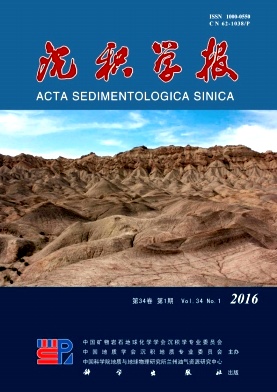Study on the Sedimentary System and Favorable Facies of Nantun Formation in the middle Zone of Hailaer-Tamtsag Basin
doi: 10.14027/j.cnki.cjxb.2016.01.011
- Received Date: 2015-01-16
- Rev Recd Date: 2015-04-23
- Publish Date: 2016-02-10
-
Key words:
- Hailaer-Tamtsag Basin /
- Nantun Formation /
- fan delta /
- nearshore subaqueous fans /
- braided river delta /
- sublacustrine fan /
- identification mark /
- distribution features /
Abstract: Based on the core, well log curvies, seismic, sample testing data as well as the basic theory of sedimentology, the distribution law of the Nantun Formation in four mainly depressions in the middle fault zone of Hailaer-Tamt sag is studied. The results show that Nantun Formation developed fan delta, nearshore subaqueous fans,braided river delta and sublacustrine fan, their sedimentary characteristics and identification mark are analysed form depositional setting, development position, sedimentary characteristics, transport mechanism and seismic reflection characteristic. Fan delta mainly developed in the steep slope zone of Wuerxun and Beier sags, nearshore subaqueous fans mainly developed in the steep slope zone of tanan and nanbeier sags.,braided river delta mainly developed in the gentle slope of Wuerxun, Beier and nanbeier sags. Form the edge to the center of the basin, sedimentary facies change form fan delta to nearshore subaqueous fans then to half deep lake-deep subfacies, Sublacustrine fan developed in some part of the half deep -deep lake area,with the whole deposition pattern of" north and south block, east and west belts". Fan delta front subfacies, braided river delta front subfacies and middle fan of nearshore subaqueous fans are the important hydrocarbon accumulation zones. Sublacustrine fan is favorable objects of lithologic reservoir exploration.
| Citation: | HUANG Wei, WU HaiBo, LI JunHui, LIU He. Study on the Sedimentary System and Favorable Facies of Nantun Formation in the middle Zone of Hailaer-Tamtsag Basin[J]. Acta Sedimentologica Sinica, 2016, 34(1): 120-128. doi: 10.14027/j.cnki.cjxb.2016.01.011 |






 DownLoad:
DownLoad: